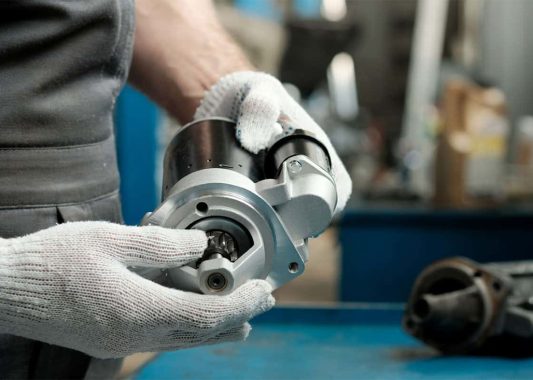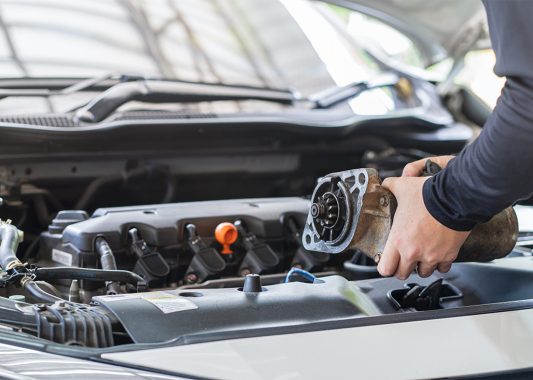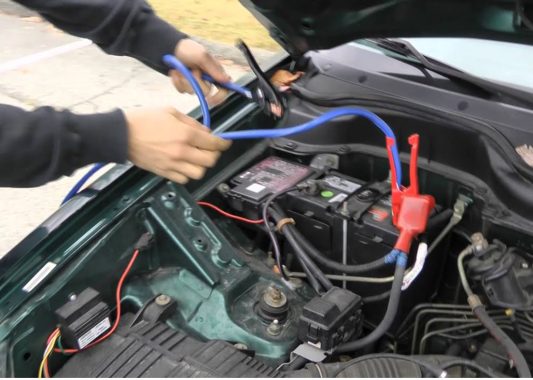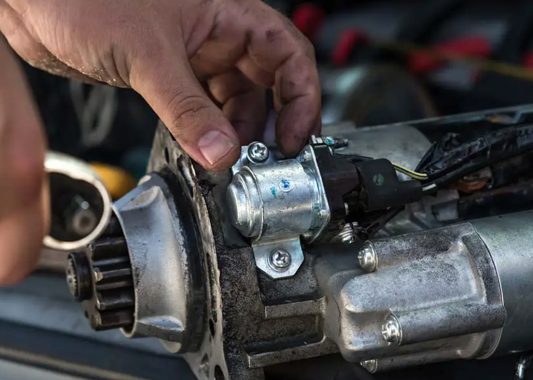Starter Maintenance

Cleaning your Starter
First, disconnect the battery to ensure safety. Inspect the starter for any visible signs of wear or damage. Pay close attention to the electrical connections and terminals, ensuring they are free from corrosion and residue. You can clean these connection points with a soft brush and cleaning solution. Make sure all connections are tight and secure as any loose connection can cause voltage issues and damage your starter.

Ensure Proper Battery Health
Second, the health of your battery is crucial to the proper functioning of your starter. A degraded battery can cause electrical strain on your starter motor and lead to early wear or failure. Regularly inspect and maintain your battery.

Electrical Connections Testing
Second, reconnect the battery and use a multimeter to check the voltage at the starter terminal. A healthy starter should show a voltage close to the battery’s voltage when the ignition is turned on. If the reading is significantly lower, it might indicate a faulty starter or a problem with the cables or connections.

Starting your equipment
When starting your equipment listen for unusual sounds. If you hear sounds like grinding or clicking these could be potential problems or signs of issues with your starter.
Also avoid over cranking when starting your equipment. Holding the ignition in the start position for an extended period of time will allow your starter to overheat and cause damage. If it takes multiple attempts to start your equipment allow your starter to cool down between attempts.
These simple maintenance and operation routines can help prolong the life of your starter and ensure reliable performance.
HAVE QUESTIONS?Get a free
Quote
Where we are
565 34th Ave, Apache Junction, AZ 85119, United States
Email us
info@mpaks-solutions.com
Error: Contact form not found.


